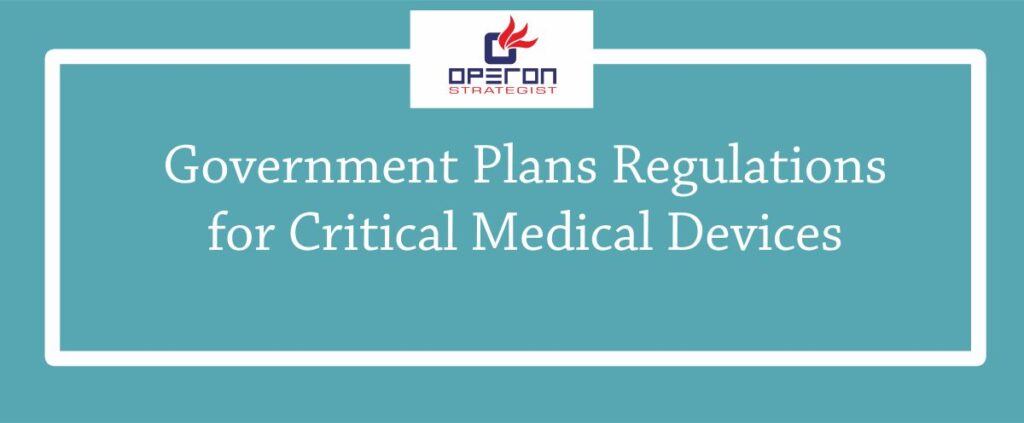Plans Regulations for Critical Medical Devices
Government plans rules for critical(implantable) medical devices like pacemakers, CT scanners X-ray machines.
• To regulate the sale,
• manufacturing
• import of implantable medical devices
The main aim is to ensure that medical devices that are implanted in the human body are tested for safety before they reach consumers. The government wanted to regulate implantable medical devices because they are high-risk and inserted into the human body using surgical means.
The Drugs Technical Advisory Board approved a proposal on May 16 to include implantable medical devices and high-end medical equipment under the purview of the Drugs and Cosmetics Act, 1940, according to the minutes of its latest meeting.
The Central Drugs Standard Control Organization, India’s drug regulatory body, will be able to audit these devices on its own or with the help of experts for import, manufacture and sale of implantable devices. The companies will also have to apply for permission to the Drug Controller General of India, who is responsible for approval of licences before these devices are sold in India.
The Drugs and Cosmetics Act is not adequate to regulate medical devices and hence there is an urgent need to usher in a “Medical Devices Regulatory Act” to protect patients and ensure their safety, said Rajiv Nath, forum coordinator, Association of Indian Medical Device Industry ( AiMeD).
The government recently notified new rules for the medical devices industry, which became effective from 1 January 2018. These rules provide for a risk-based classification of medical devices, whereby low-risk medical devices are classified as ‘Class A’; the devices having low to moderate risk are classified as ‘Class B’; the devices having moderate risk are classified as ‘Class C’; and devices having high risk are classified as ‘Class D’.
-
adminhttps://operonstrategist.com/author/admin-2/
-
adminhttps://operonstrategist.com/author/admin-2/
-
adminhttps://operonstrategist.com/author/admin-2/
-
adminhttps://operonstrategist.com/author/admin-2/




